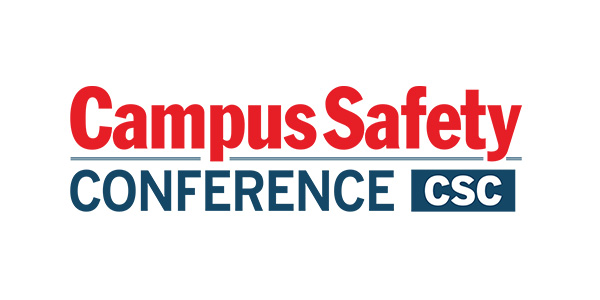In large-scale campus deployments, mapping out power supply locations – including the devices they support – is critical. Oftentimes, many are overlooked during a preventive maintenance visit, due to poor location planning or because they are installed in areas that may not be readily accessible to receive updates. Campuses should be wary of plug-in, 120VAC transformers that may be used to power the power supply itself; these can be overtaxed easily. Always request a dedicated, 120V circuit – preferably with UPS or surge protection, when available – to support all the security-related hardware.
Networked Functionality Fuels Next-Gen Potential
Many commonly used “power supplies” are undergoing a transformation to become more like Internet reporting appliances, opening up a new world of possibilities. These include capabilities to report real-time, critical information via E-mail or text when issues arise. The next generation will incorporate remote diagnostics that can be used to more accurately anticipate when a device is starting to fail; or, when a locking mechanism is beginning to show signs of stress, end users can elect to receive E-mail or SMS messages directly from the power supply warning them of issues like a charging circuit that may be failing.
RELATED: Do You Know What Will Work During a Power Failure?
Preventive maintenance will evolve, becoming a more virtual inspection. Real-time load testing will be achieved using advanced, remote diagnostics software, saving the need to roll trucks for every inspection. This will lower end-user operating expenses and create an archive of information that can be readily accessed for regulatory reporting.
The industry will also see a consolidation of power supplies by category. Traditionally, supplies were and still are listed by use, often leading to multiple power supplies installations in a single closet. The next generation will likely be modular and cross-capable of supporting multiple system types, saving dramatically on hardware and wall space.
As the industry approaches this digital transformation from analog power, campuses can receive real-time access to information to make better decisions in times of crises.






